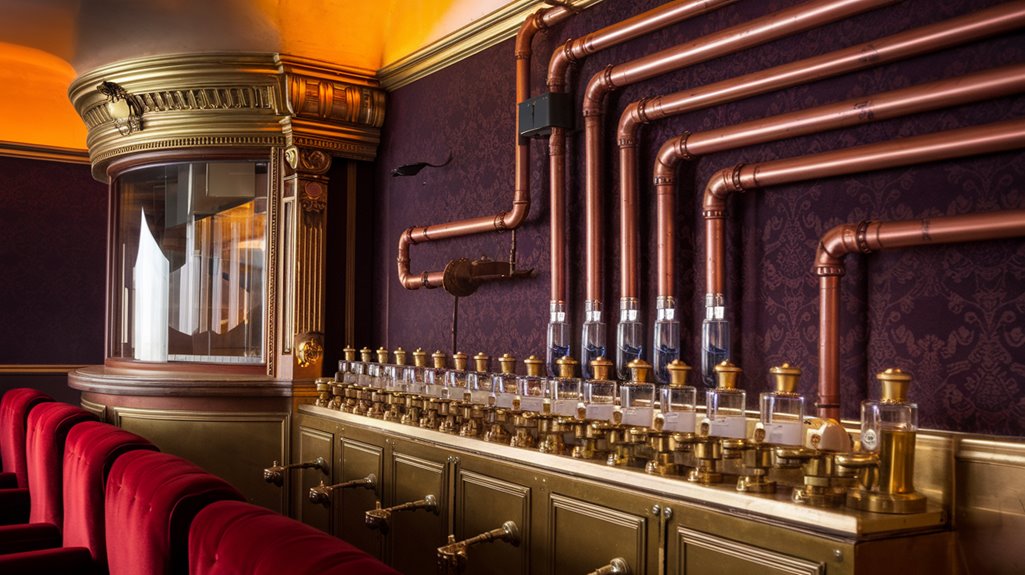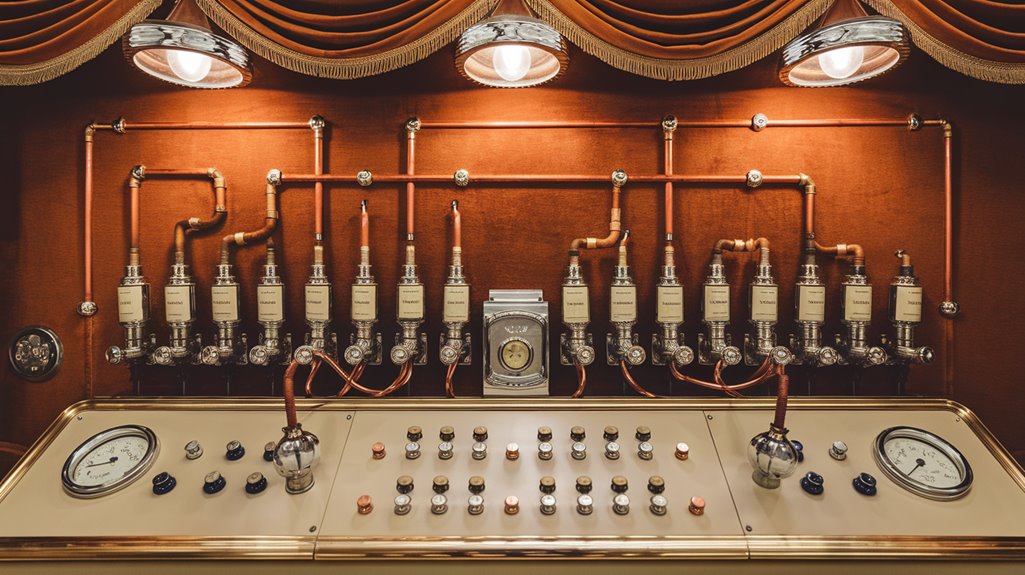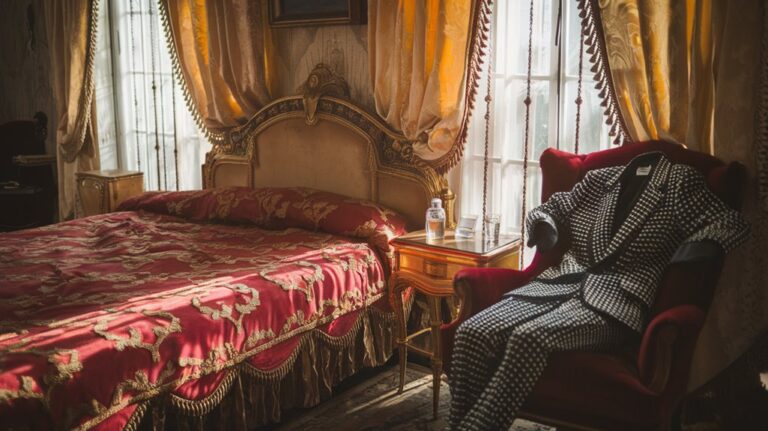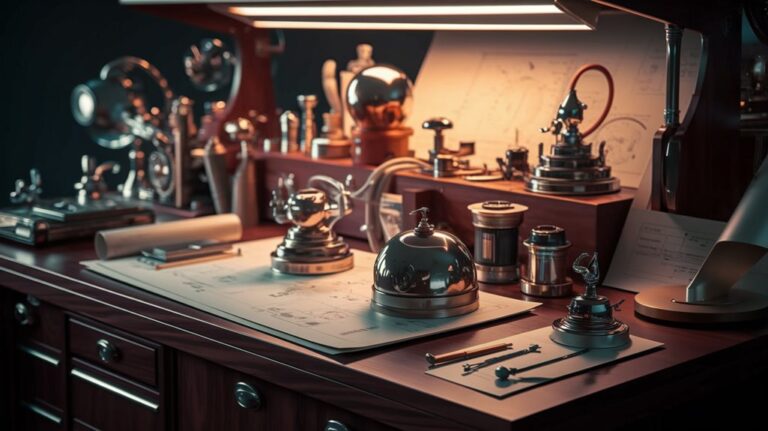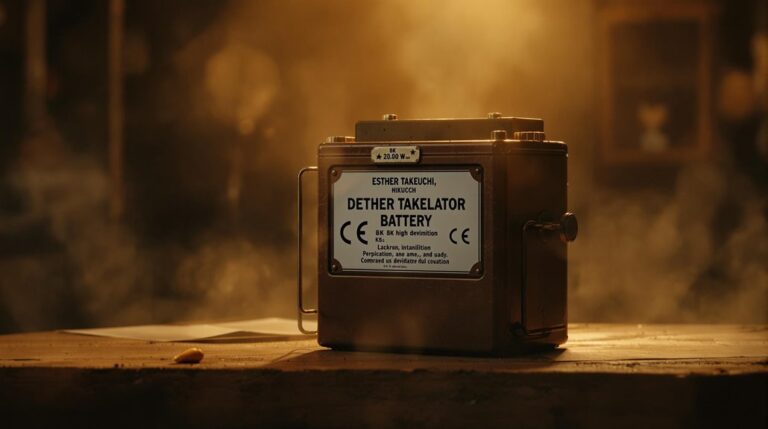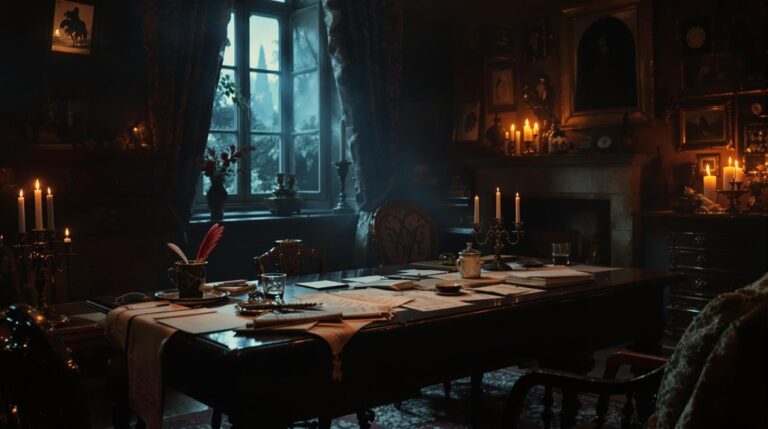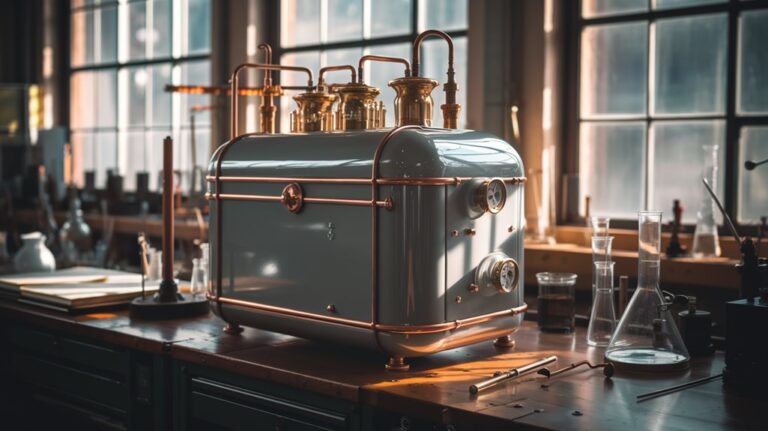Smell-O-Vision: The Sniffable Cinema Experiment
Did you know that humans can distinguish over one trillion different scent combinations, yet cinema has primarily focused on just two of our senses? This untapped potential for olfactory storytelling caught the attention of inventor Hans Laube in the 1930s, leading to one of entertainment's most fascinating experiments: Smell-O-Vision. You've probably heard jokes about this seemingly outlandish concept, but there's more to this aromatic adventure than meets the eye. As modern technology breathes new life into multisensory experiences, you'll want to discover how this vintage innovation is shaping tomorrow's entertainment landscape.
The Birth of Scented Movies
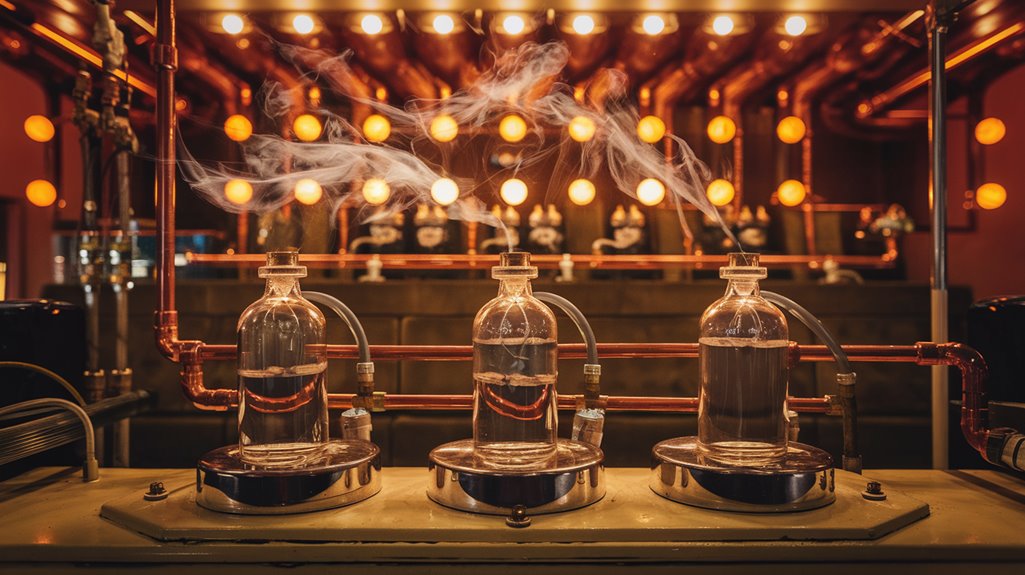
While moviegoers today might take surround sound and 3D effects for granted, the pioneers of cinema dreamed of engaging all five senses.
In the late 1930s, Swiss inventor Hans Laube revolutionized film history by introducing Smell-O-Vision, an ambitious scent technology that synchronized odors with movie scenes. The concept emerged as part of the futuristic vision of 1950s entertainment.
You'd have experienced this innovation first at the 1939 New York World's Fair, where compressed air released carefully timed fragrances through vents beneath your seat.
The system's "smell brain" controlled these scents, created by Alpine Aromatics, to match specific moments in films.
While Walt Disney considered using scents in Fantasia, he ultimately decided the costs were too steep – theaters needed to invest between $15,000 and $1,000,000 to install the system.
The first full demonstration came with the 1940 Swiss film My Dream.
Laube's innovative system mixed perfumes with kieselguhr to ensure rapid scent dispersion and quick removal from theaters.
Modern Fragrant Entertainment Resurgence
After decades of dormancy, Smell-O-Vision is making a remarkable comeback through AI-driven innovations and shifting consumer preferences.
You'll find scent technology revolutionizing entertainment as AI can now accurately predict and recreate smells based on molecular structures, enabling digital scent transfer from one location to another. Machine learning models developed by researchers have achieved 50% accuracy in predicting scents of structurally similar molecules.
Today's consumers aren't just seeking traditional fragrances; they're demanding multisensory, immersive experiences that blend technology with entertainment. The rise of TikTok fragrance trends has transformed how people discover and engage with scents in digital spaces.
Companies like GameScent are already integrating AI-driven scents into gaming, while the fragrance market sees substantial growth in both sales and innovation.
You'll notice this transformation in various forms, from virtual reality environments to modern cinema, where digital scent frameworks enhance storytelling.
As sustainability and personalization drive market trends, you can expect scented entertainment to become an integral part of future media experiences.

